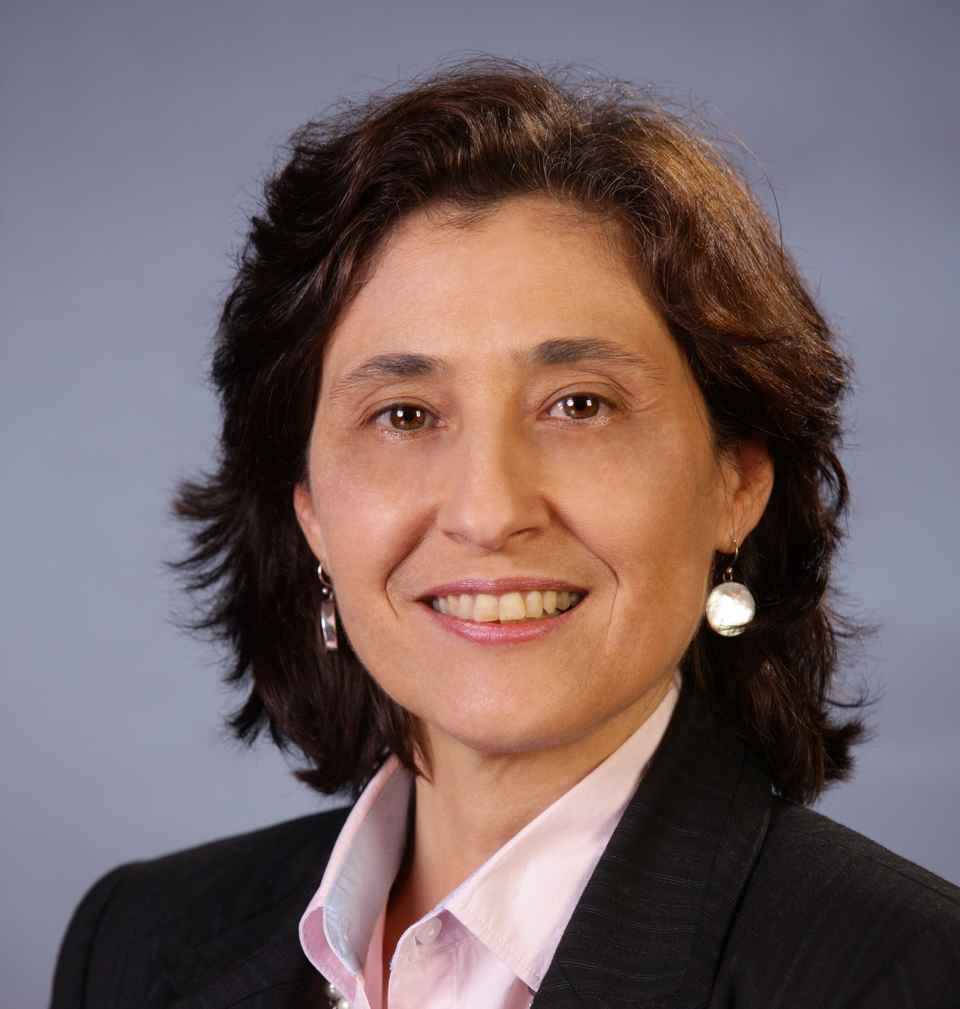Victorian Landcare Magazine - Winter 2018, Issue 72

Best practice land management has always been at the core of Landcare. When groups and networks work in partnership with researchers, often harnessing new digital technologies, the results can bring significant landscape change.
The stories in this issue of the magazine show how Landcare groups and networks across the state are using research to further community understanding of their environments, and involve more people in projects.
Studying and surveying the natural world can be challenging; even more so, applying the research to effectively protect it.
Landcare groups and networks are increasingly involved in conducting their own research. The Upper Campaspe Landcare Network is running a two-year project to look for powerful owls, greater gliders, and phascogales in their area. The research aims to engage the community and provide people with the skills to find and identify these species. This interesting article outlines how to design and run a successful citizen science project.
Community participation is central to Landcare, based on the principle that the best results are achieved by working together to improve our natural environment. It is this sense of ‘togetherness’ that benefits more than just the environment. There is much anecdotal evidence that Landcare also
has social benefits. The West Gippsland CMA has tested this premise with a Social Return on Investment study into the activities of the Merriman Creek Landcare Group. Kathleen Brack’s article in this issue outlines how the study was conducted and its results.
This study reveals that every one-dollar grant to the Landcare group resulted in at least a $3.41 return in social value. The local community reported increased social connectedness and emotional wellbeing; increased natural resource management knowledge and skills; improved group dynamics; increased physical activity and participation; reduced labour and chemical costs; better weed control; and improved relationships with the local community.
You can also read about, and be inspired by, techniques for monitoring habitat for wildlife; updates on gorse and cactus control projects; and the results from alternative fertiliser trials conducted by Woady Yaloak Catchment Group.
I will be interested in learning more about Landcare-related research projects and how the involvement of community volunteers in citizen science is increasing knowledge about our natural environment.
Hon. Lily D’Ambrosio MP
Minister for Energy, Environment and Climate Change
Minister for Suburban Development
Studying and surveying the natural world can be challenging; even more so, applying the research to effectively protect it.
Victorian Landcare Grants
The Victorian Government has committed $1.8 million for Victorian Landcare Grants in 2018-19 to support projects that protect and restore the land and environment. Applications opened on 4 May for the Victorian Landcare Grants in the following categories:
• Project Grants up to $20,000 for on-ground works, education and capacity building projects.
• Support Grants of $500 for existing groups/networks.
• Start-up Grants of $500 for new groups/networks.
The grants are available to all Victorian environmental volunteer groups that advance the Landcare ethic and care for the environment, including but are not limited to: Landcare and Coastcare groups/networks, ‘Friends of’ groups, and Conservation Management Networks.
Applications close: Tuesday 12 June 2018 at 12 noon
For more information: visit www.environment.vic.gov.au/grants/victorian-landcare-grants-2018-19